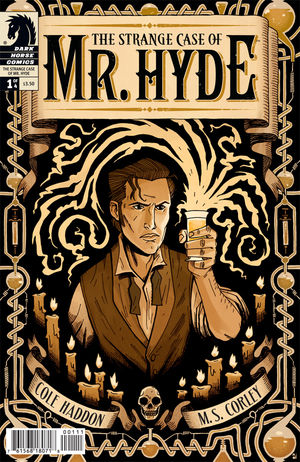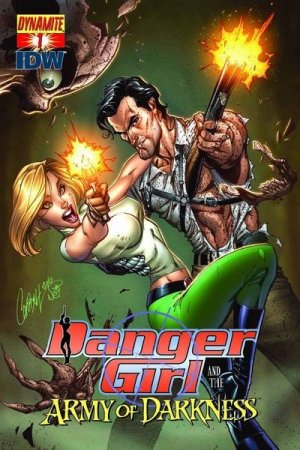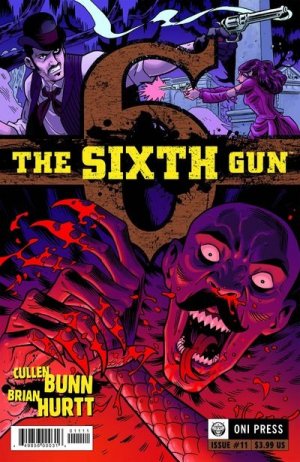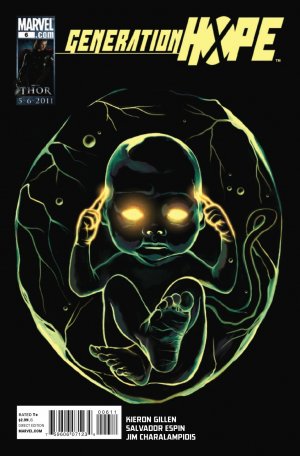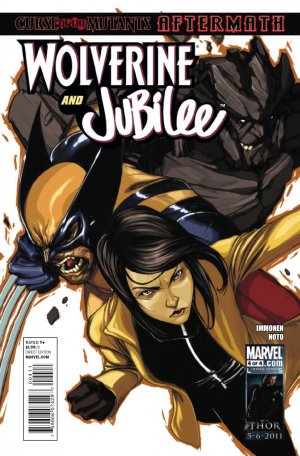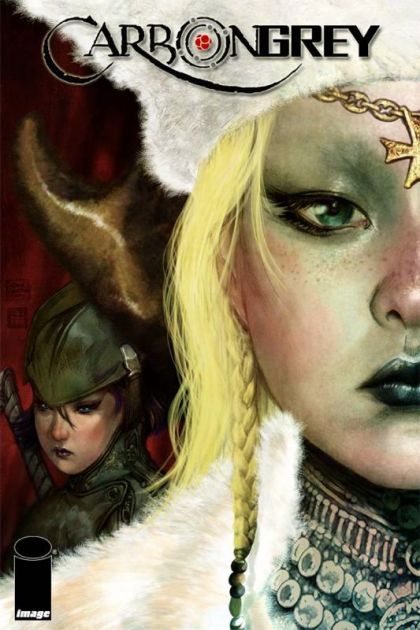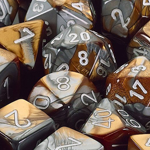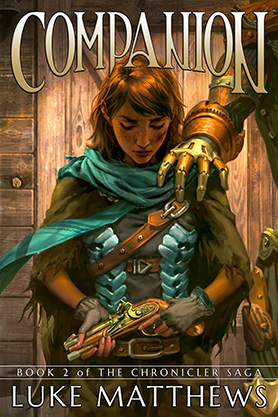In April of 2011, IGN Comics began allowing MyIGN users to submit articles for their weekly review roundup. Any that live up to IGN’s editorial standards are be published alongside IGN’s staff reviews. Any that I write, I’ll post here, whether they get published or not.
This review was published, and included in the April 27th IGN Comics review roundup.
Story by John Rozum
Art by Frazier Irving
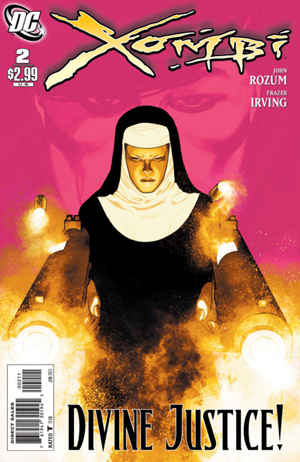
Having never read the original run of Xombi in the mid ‘90s, I wasn’t exactly prepared for John Rozum’s particular brand of whack-a-doo adventure. The first issue caught me off guard with its witty dialogue, offbeat humor, and goofball characters.
The second book picks up with David Kim in the grip of a deadly Snow Angel, waiting on a young nun-in-training-with-religious-super-powers named Catholic Girl to save his ass by blowing off his left arm. Not to worry, though: nanotechnology in David’s cells will rebuild the arm by pulling raw materials from his environment.
Rozum’s characterizations and dialogue take a front seat once again, quickly drawing you into a setting and story so absurd that – if handled even slightly incorrectly – could dip into laughably ridiculous. The writing strikes very close to the perfect balance with that absurdity, though, absorbing you into the setting and never dropping the pace. The action beats are fun and the interactions are interesting, driven by comic timing that drew out honest laughter in me more than once.
Frazer Irving’s artwork is a nice compliment to Rozum’s script. His choice of angles does wonders to enhance the dialogue and action, and his facial expressions add that extra bit of punch to the comedic beats. I’m not a fan of the way the book is colored, though: each environment is bathed in its own monotone, which changes occasionally depending on the action to depict specific events. It’s an interesting stylistic choice, but I’d really like to see Irving’s line work with a more natural coloring style.
Xombi is an off-the-wall title for DC, and I hope the series has a healthy run. If you like your books fast-paced and funny, with a heaping dose of weird, give this one a shot.

